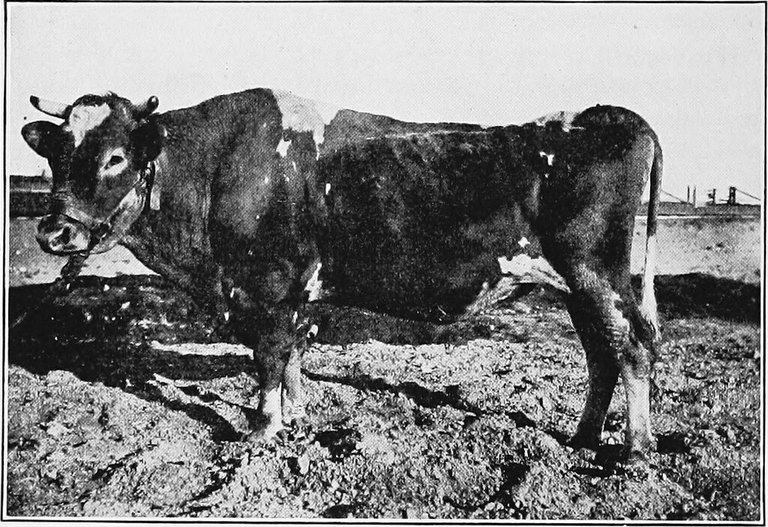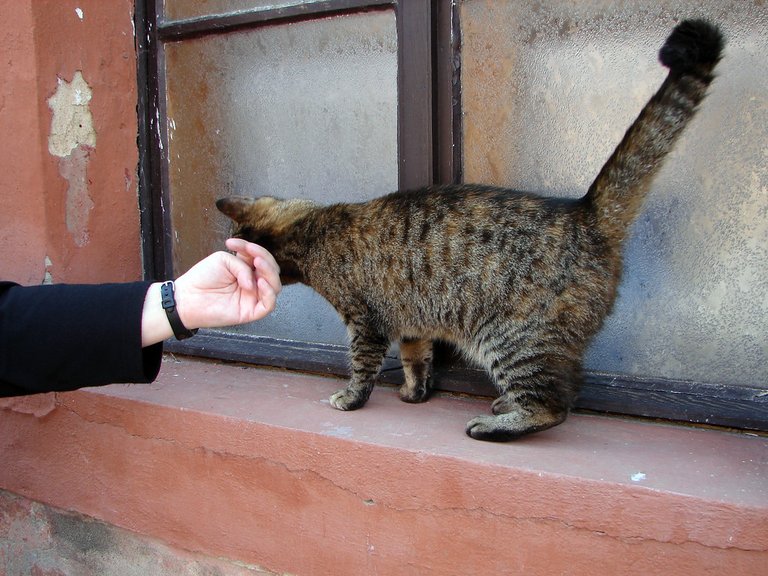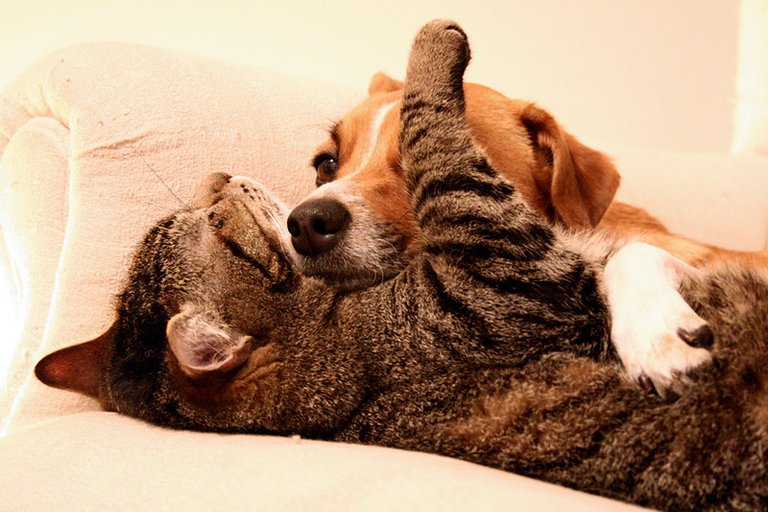The Risk of Tuberculosis in Animals
You know how much humans dread tuberculosis, it is not always a pleasant situation, but did you also know that the same tuberculosis could affect your lovely pets too, so this means while you are trying to protect yourself from this dreaded disease, you must also think of protecting your pets.
Tuberculosis has been in existence for ages, it is known worldwide, and it is highly communicable affecting both domestic animals and their human owners. Tuberculosis is more prevalent in some underdeveloped countries and some industrialized nations too are not left out, basically due to the immunosuppressive effects that immigration, AIDS, and the movement of infected animals have.

Flickr.com
Bovine tuberculosis is a chronic infectious disease in animals, it is caused by the members of the *Mycobacterium bovis(Mb). Cattle are usually the main source of infection to ns for humans, it can also affect other animals such as dogs, cats, and even zoo and wild animals.
Tuberculosis can get to the body through several routes, but major infection of the lungs through the inhalation of Mycobacterium bovis is the most common one as far as adult cattle are concerned. The ingestion of infected milk is more common among younger animals.
In the case of respiratory infection, it begins with an inhaler bacilli and gets to the alveoli which are phagocytosed by pulmonary alveolar macrophages. If the cells can successfully destroy the bacteria, the. The infection gets averted.

Flickr.com
On the other hand, *Mycobacterium bovis, which is a facultative pathogen of the monocytic-macrophage system, may multiply intracellularly, completely kill the macrophage, and also initiate infection.
Bovine tuberculosis is a disease that is of economic and veterinary concern, the fact that it is zoonotic makes it even more worrisome. While, human tuberculosis is carried out with tests on mice, rabbits, and guinea pigs, the same test is not often regarded as a strong model for bovine tuberculosis.

Flickr.com
Pets can become infected with the disease through one of these routes;
Through oral ingestion, a good instance is the consumption of unpasteurized infected milk from either sheep, goats, or cows.
Through the consumption of raw or undercooked meat from the carcasses of an already infected animal
Through wound bite, which could be from an infected animal or if the injury gets infected by environmental bacteria.
Through the breathing of an infected animal, during close contact.
The common ways to show the presence of tuberculosis in an animal is through; weight loss, persistent cough, wheezing, swollen lymph nodes, lumps, and bite wounds around the neck or head, which have refused to heal, this is more common with cats.
Treating your pet for tuberculosis may not be an easy fit, just like it is with humans. Usually, several drugs are required for at least 6 months, it may be difficult to consistently administer these drugs, and a case of antibiotic resistance may be formed in the process, creating a risk to the health of the pet.
On the other hand, if a low level of drug administration is done, it means the pet may remain infected and continue to pose a risk to others without showing any signs of having the disease.
Although, the risk of spreading tuberculosis from animals to humans is very low, but it isn't impossible. It is said also that most likely, pets wouldn't be able to recover fully from a case of tuberculosis.
Informing your vet on time as to the change in symptoms and appearance of your pet would do a lot of good than waiting until things get out of hand.
References
ncbi.nlm.nih://https/PMC9320398/
sciencedirect. com/S0034528814000927
gov. UK/guidance/bovine-tuberculosis
Thanks for your contribution to the STEMsocial community. Feel free to join us on discord to get to know the rest of us!
Please consider delegating to the @stemsocial account (85% of the curation rewards are returned).
You may also include @stemsocial as a beneficiary of the rewards of this post to get a stronger support.
Thank you for this information
Thank you for your time.